Closure
Peggy Harris married her husband, Billie in the 1940s. Peggy. and her husband were only married for a short 6 weeks before he was deployed by the United States to fight in World War II.
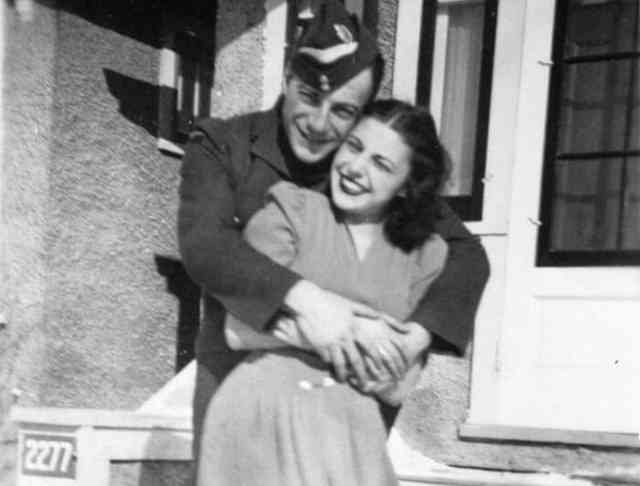
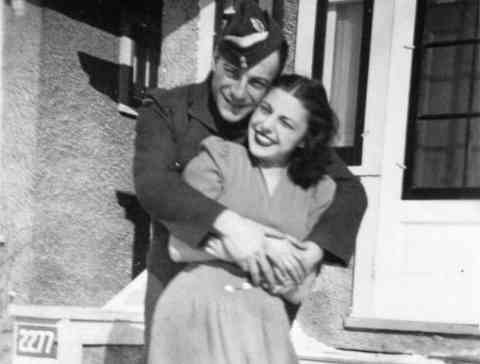
On July 17th, 1944, Billie left to fight and that was the last time Peggy would ever see him. Instead of moving on, Peggy remained faithful to Billie her whole life even though she knew he might not be coming home. She never remarried and carried out her life in Texas.
Though she tried, she never seemed to receive absolute closure for what could have happened to Billie. She didn't know if he was alive or dead. At first, she was convinced that he had died during combat.
Official Word
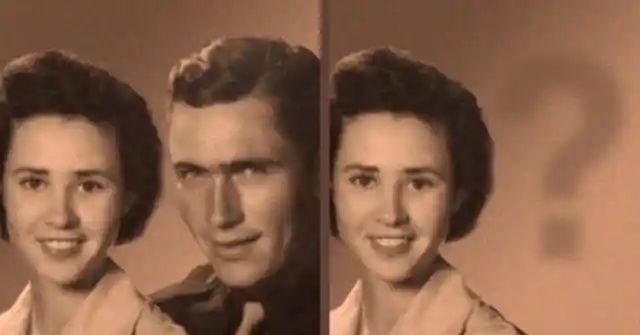

However, later on, she received word that he was in fact alive, and coming home. After waiting even longer, she was THEN told that her husband had indeed died. After being hurt and confused, she just decided that he was in fact dead.
The unclear communication was so hard to bear, that Peggy wrote to her congressman to get an OFFICIAL word on her husband's status. She was told that Billie had been declared missing in action, and that was all they knew about it. Years later, Peggy worked with her cousin, Alton Harvey, to launch a private investigation. She soon discovered that Billie was in fact dead.
Annual Visit
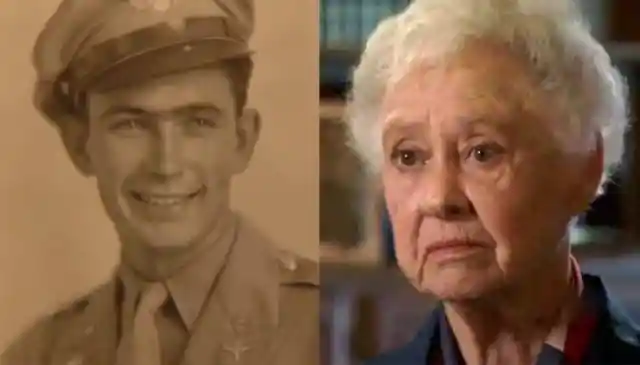
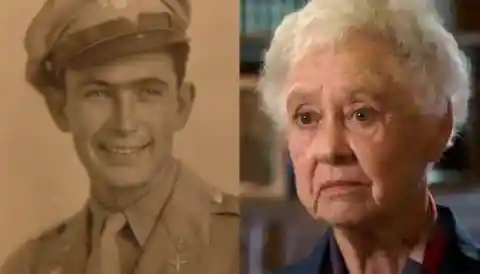
He was buried in the Normandy American Cemetery and Memorial in Normandy, France. After 68 years of not being sure, Peggy was finally sure of her husband's fate. He died a celebrated hero.
Peggy makes a visit every year to the cemetery where Billie is buried in order to show her undying love for him.
Love Never Dies
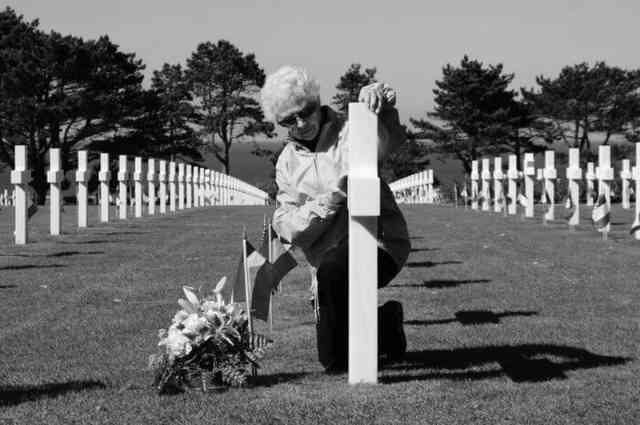
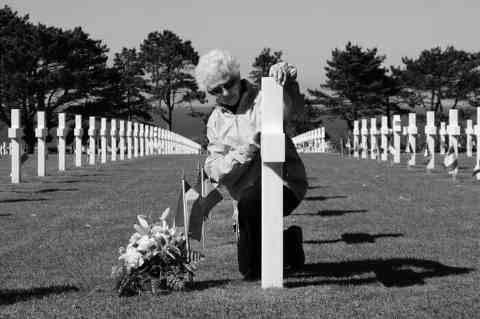
Although Peggy had no clue where his grave was for so long, she wastes no time making up for it now.
Billie and Peggy's love story is eternal even though he die decades ago. Their story is a reminder of what a real, faithful, dedicated love looks like. Peggy is not the only one who has gone through an ordeal like this. Many families have suffered the same fate as Peggy.
Prisoners Of War
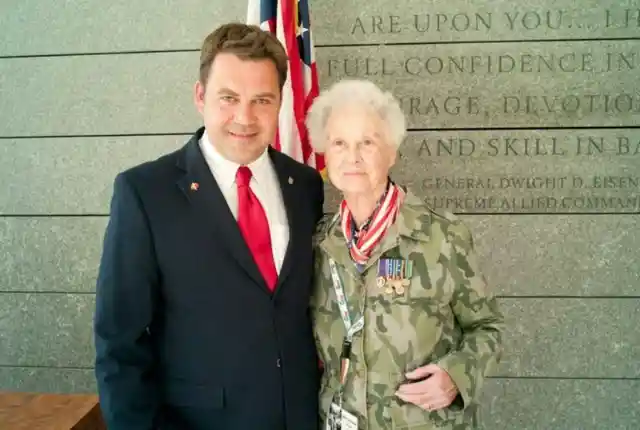
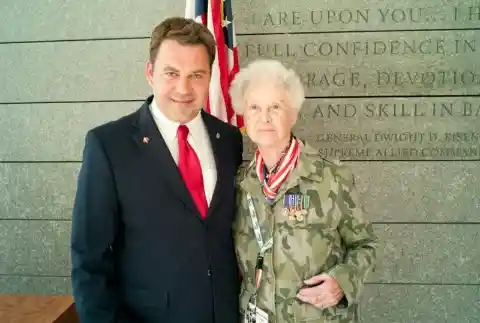
There are around 83,000 American service personnel who are still classified as missing in action. 73,500 of these "MIA" soldiers fought in World War II and 9,645 have fought in wars afterwar. Many of them are presumed to be dead and lay in unmarked graves overseas. Sadly, many of these soldiers families don't know where they are buried.
Along with the booming number of "MIA" soldiers who fought in World War II, there are also about 124,079 pronounced Prisoners of War. The number of soldiers who were declared MIA or POW in World War II, is higher than any other war that the U.S fought in.
Statistics
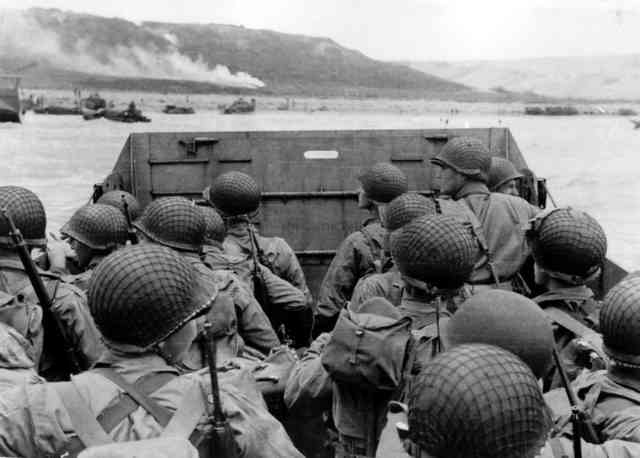
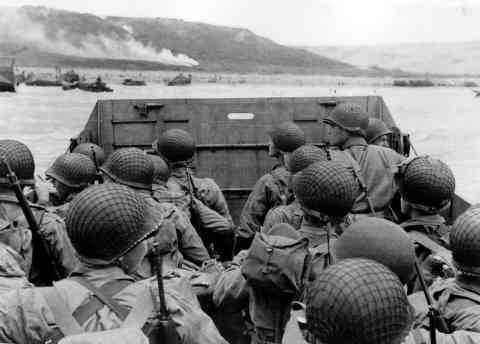
Although many families have never gotten word on the location of their missing soldier, there are many soldiers from previous wars who are being identified to this very day.
The Defense POW/MIA Accounting Agency holds many facts and statistics about the U.S soldiers who have not been accounted for yet. The agency does their best to identify every soldier and they are able to occasionally release the identities of soldiers on their website after research.
Their Mission
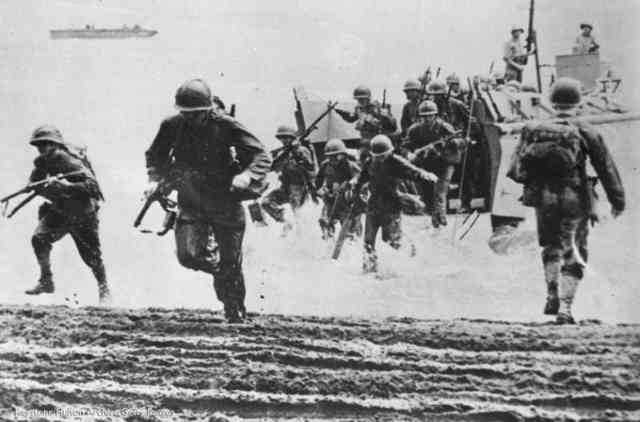
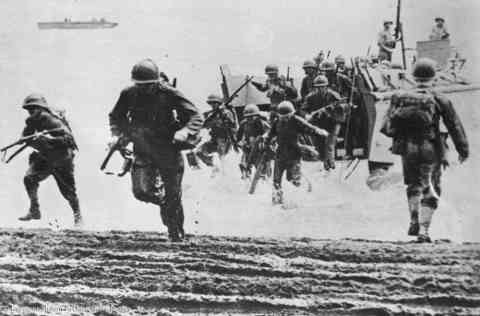
The Defense POW/MIA Accounting Agency continues to search for soldiers all over the world in an attempt to honor those who have fallen while serving the United States.
There is also the Joint POW/MIA Accounting The Joint POW/MIA Accounting Command, which is referred to as JPAC, which was a task force within the United States Department of Defense who's mission was to account for Americans who are listed as Prisoners of War or Missing in Action from all the past wars and conflicts. It was especially visible with the Vietnam Was POW/MIA issue.
JPAC Investigates
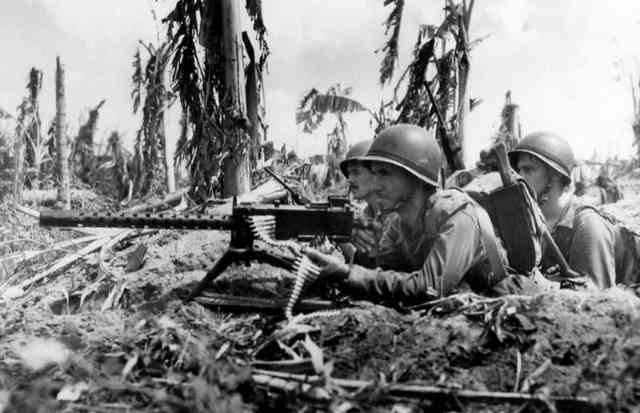
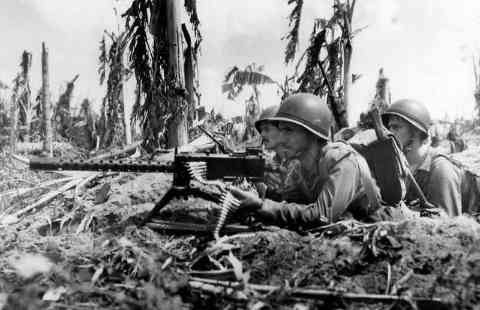
The mission of JPAC was to achieve the fullest possible accounting of all Americans missing as a result of the nation's past conflicts. The motto for JPAc was, "Until they are home."
JPAC investigated leads in regards to Americans who were killed in action but were never brought home. This process involved close coordination with other U.S agencies involved in the POW/MIA issue.
Recovery Teams
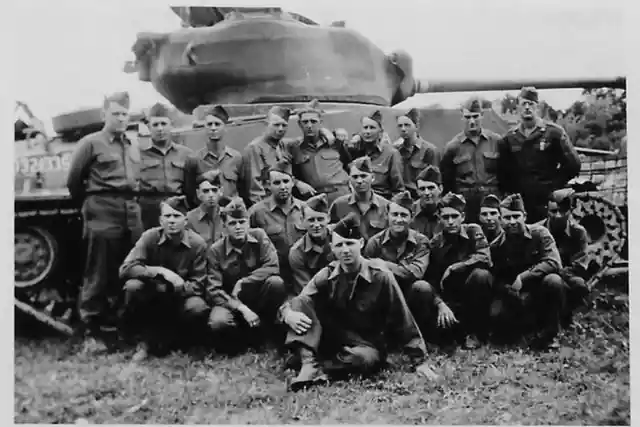
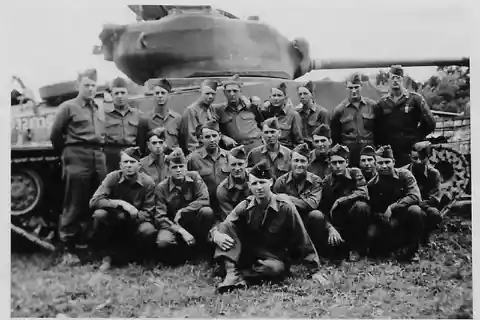
JPAC carried out negotiations and talked with representatives of foreign governments around the world in order to ensure positive in-country conditions were maintained or created for JPAC investigative and recovery operations wherever teams were deployed in the world. If a recovery site was found, a site was recommended for recovery in a process that often took years to accomplish.
JPAC had 18 Recovery Teams who's members traveled all over the world to recover missing people from past wars. A typical team was made up of 10 to 14 people, and each team was led by a team leader and a forensic anthropologist.
Possible Remains and Artifacts
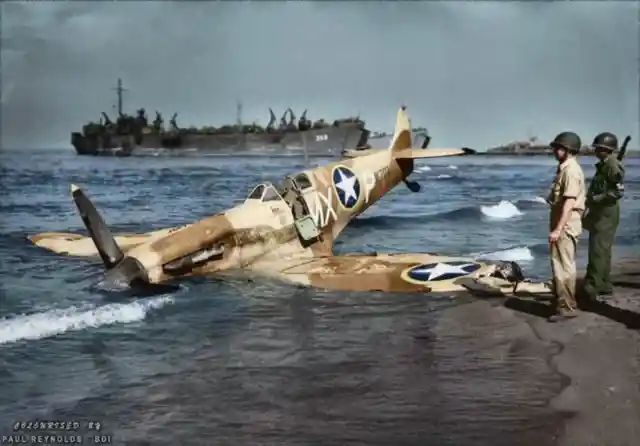
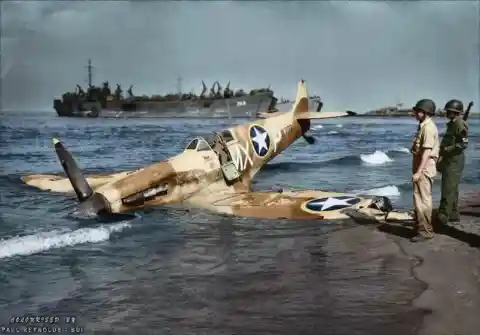
Within the team there was usually a team sergeant, linguist, medic, life support technician, forensic photographer, RF systems communications technician/operator and an explosive ordnance disposal technician. Additional experts were added to the mission as needed, like mountaineering specialists or divers.
The team then excavates the site and screens the soil to locate possible remains and artifacts. In the case of an airplane crash, a recovery site is usually quite large.
JPAC Deactivated
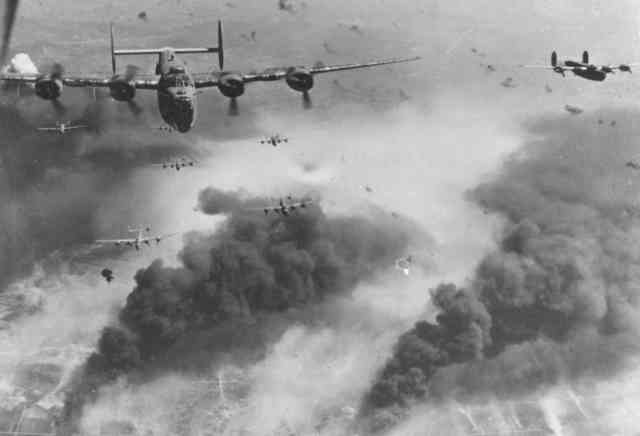
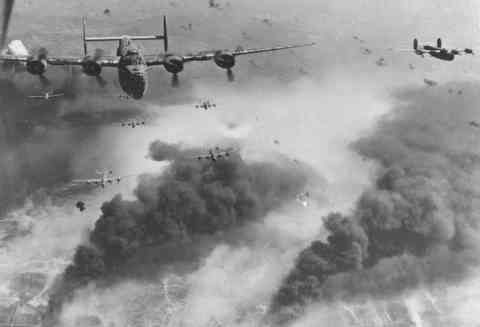
When the recovery effort is completed, the team returned to Hawaii. All the remains that were found during the recovery operation were then transported from a U.S military plane or private airline to JPAC's Central Identification Laboratory where identification took an average of eleven years to finish.
Sadly, on January 30th, 2015, JPAC was deactivated by the Department of Defense. the Defense Department's efforts followed a series of embarrassing scandals and revelations in reports and testimony before Congress starting in 2013, concerning failures in the effort to identify missing war dead.
World War II: The Deadliest War
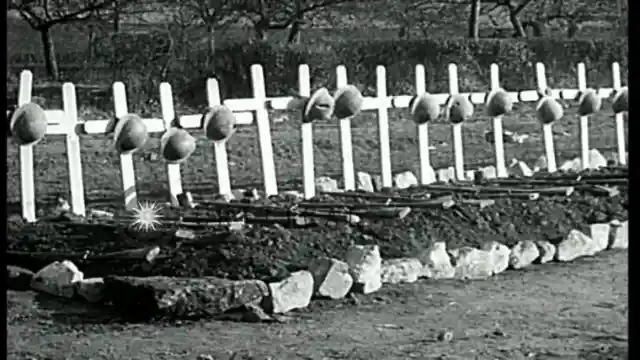
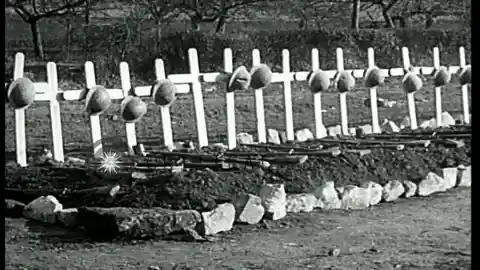
JPAC, the Defense POW/Missing Personnel Office, and certain functions from the U.S Air Force's Life Sciences Equipment Laboratory were all merged into the new Defense POW/MIA Accounting Agency.
World War II was the deadliest military conflict in history in absolute terms of total casualties. In fact, more than 60 million people were killed in the war, which was about 3% of the world's population in 1940.
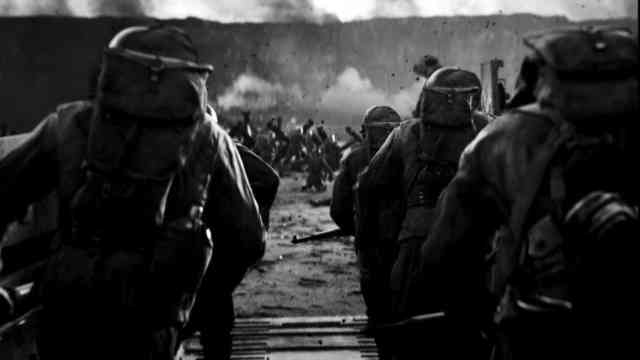
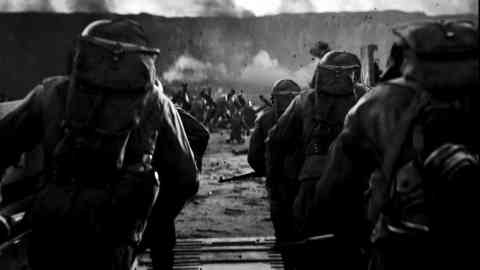
There were more than 50 million civilians killed throughout the war, and that includes the 19 to 28 million people who died from war-related diseases or famines. Military deaths averaged to more than 21 million, including deaths in captivity of about 5 million prisoners of war.